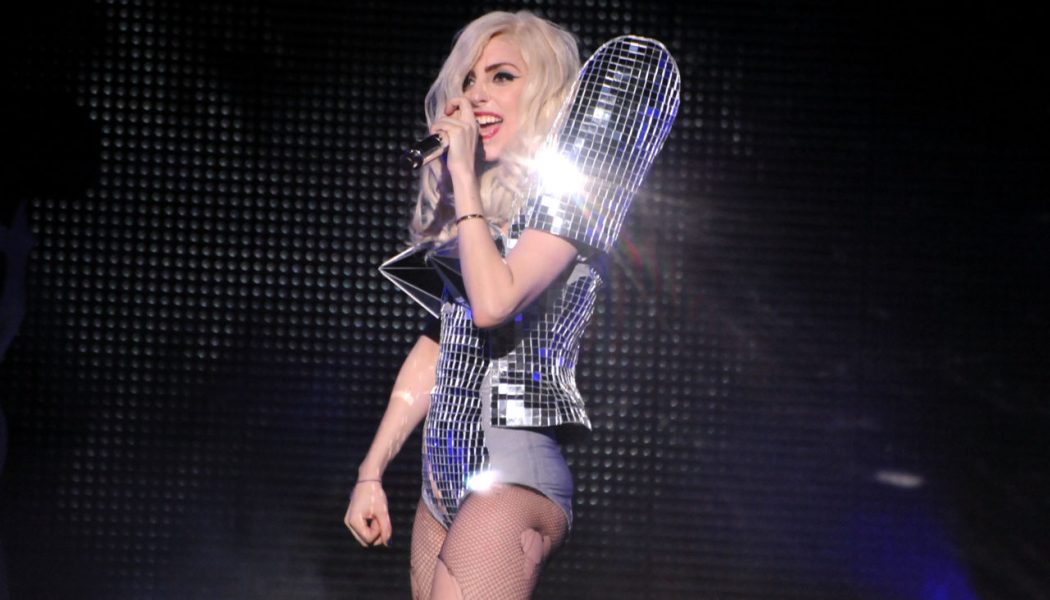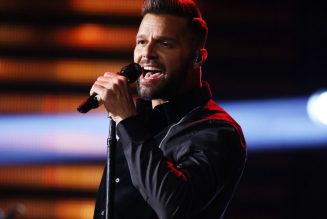As part of our 35th-anniversary, we’re naming the most influential artists of the past 35 years. Today, we’re at #28. From New York, New York here is Lady Gaga.
Lady Gaga could have been just another pop star. But she’s also become a boundary-pushing icon, an advocate using her platform for social justice, LGBTQ+ rights and sexual assault survivors. Like Madonna, Cher and other legends before her, Gaga has become a master at reinvention — from the ‘80s-saturated Born This Way era, filled with leather jackets and big hair, to the nu-country phase of Joanne, with her millennial pink cowboy gear. And her latest work was no different: 2020’s Chormatica brought introspection to the bombastic dance-pop songs that helped cultivate her fanbase.
No one can ever say Gaga is boring. One minute she makes a jazz album with Tony Bennett; the next she stars in Bradley Cooper’s A Star Is Born. In over a decade in the spotlight, Gaga has mastered versatility. Part of that comes from approaching her music — and her place in it — as art. She can flaunt meat dresses, and she can give speeches about mental health and #MeToo, all the while maintaining her unwavering status in pop’s pantheon.
The intense fandom of her “Little Monsters” has helped her sustain that unique career. She’s established a personal connection with her listeners, nurturing them as they’ve uplifted her to a deity. And her title of “Mother Monster” has never faded, setting a precedent for how fan communities should operate. In other words, Gaga remains God.











![Which EDM Star Should Lady Gaga Collaborate with Next? [POLL]](https://www.wazupnaija.com/wp-content/uploads/2020/06/which-edm-star-should-lady-gaga-collaborate-with-next-poll-327x219.jpg)